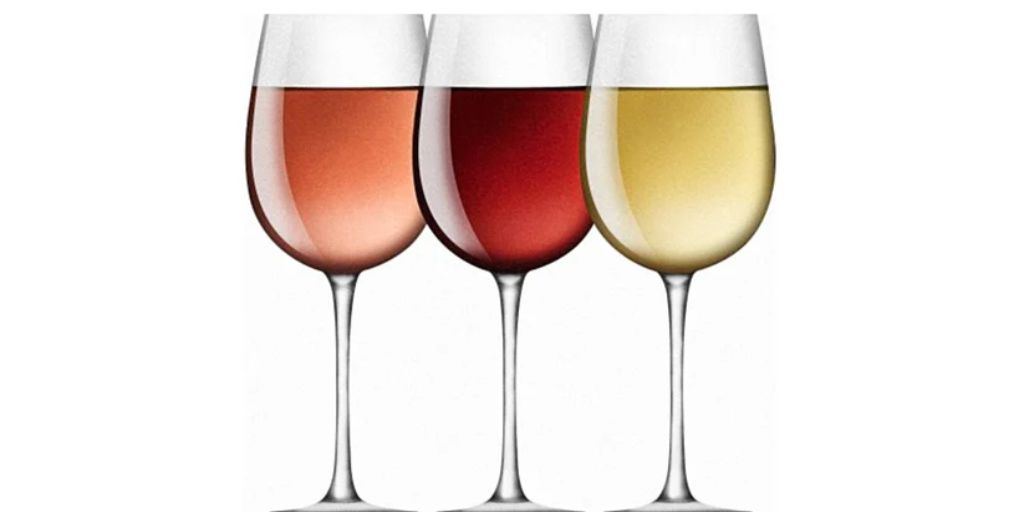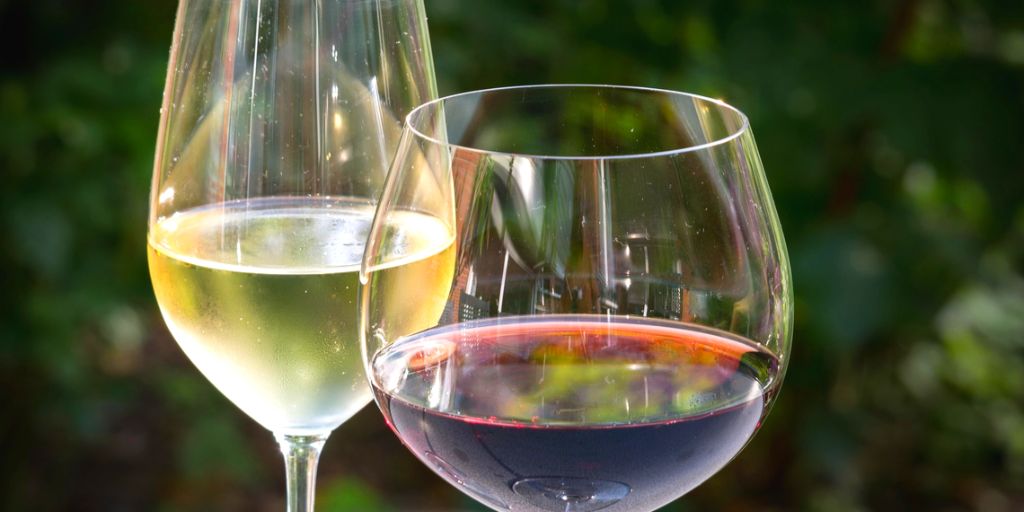Wine glasses come in many shapes and sizes, but when it comes to enjoying wine the way it was intended, glassware isn’t just about elegance—it’s about enhancing aroma, taste, and texture. Whether you’re sipping a bold red or a crisp white, the glass you use can make a surprising difference.
At first glance, you might assume any wine glass will do. And for casual sipping, that’s fine. But if you’re investing in a nice bottle or looking to elevate your wine experience, choosing the right glass for red and white wines can highlight nuanced flavors and aromas you might otherwise miss.
Let’s explore the key differences between red and white wine glasses, how shape and size influence your experience, and the best options for every wine lover—from the casual enthusiast to the budding connoisseur.
Why Glass Shape Matters
Wine glass design isn’t arbitrary—it’s engineered to influence how wine behaves once it leaves the bottle. Here are three major elements of a wine glass that directly affect flavor and aroma:
-
Bowl Shape & Size: Determines how much the wine breathes and where aromas concentrate.
-
Rim Diameter: Affects how wine hits your palate and which flavors are emphasized.
-
Stem Length: Offers temperature control by preventing your hand from warming the bowl.
Different types of wine benefit from different glass shapes because of their unique chemical profiles. For instance, red wines often contain more tannins and complex aromas, which flourish with more oxygen exposure. In contrast, white wines are generally more delicate and aromatic, requiring smaller, narrower bowls to preserve freshness.
Red Wine Glasses: Big Bowls for Bold Aromas
Red wines typically benefit from larger glasses with wider bowls. Why? Reds contain higher alcohol levels, more tannins, and complex aromatics that need space to open up. The generous bowl allows the wine to “breathe” (oxidize slightly), softening tannins and releasing deep fruit, spice, and oak aromas.
Key features of red wine glasses:
-
Large, round bowls allow for more oxygen interaction.
-
Wider rims help spread the wine across your tongue for a fuller flavor experience.
-
Taller design helps capture and funnel aromas toward your nose.
Best styles of red wine glasses:
1. Bordeaux Glass
-
Use for: Cabernet Sauvignon, Merlot, Bordeaux blends
-
Features: Tall with a broad bowl to aerate bold, full-bodied wines
-
Why it works: Emphasizes structure and aroma by directing wine to the back of the palate.
2. Burgundy Glass
-
Use for: Pinot Noir, Nebbiolo, Gamay
-
Features: Shorter but with an even wider bowl
-
Why it works: The large surface area allows delicate aromas to open up; wide mouth enhances subtlety and acidity.
3. Universal Red Wine Glass
-
Use for: Everyday drinking, red blends
-
Features: A balanced bowl suitable for a variety of reds
-
Why it works: Great for those who want one versatile glass that performs well with most red wines.
White Wine Glasses: Sleek and Streamlined
White wines are typically served in narrower, smaller glasses. The compact bowl helps preserve the wine’s cooler temperature while concentrating lighter aromas—ideal for fresh, zesty whites.
Key features of white wine glasses:
-
Narrower bowls reduce oxygen exposure to preserve crispness.
-
Smaller size maintains cool temperatures longer.
-
Tapered rims focus delicate floral and citrus notes toward the nose.
Best styles of white wine glasses:
1. Standard White Wine Glass
-
Use for: Sauvignon Blanc, Pinot Grigio, Albariño
-
Features: Slim bowl with a slightly tapered top
-
Why it works: Keeps wine crisp and focuses the bouquet.
2. Chardonnay (Montrachet) Glass
-
Use for: Oaked Chardonnay, Viognier
-
Features: Slightly larger bowl than other whites
-
Why it works: Accommodates rounder, richer whites by enhancing texture and aromatics.
3. Tulip Glass (for aromatic whites)
-
Use for: Riesling, Gewürztraminer, Moscato
-
Features: Narrow rim with a flared lip
-
Why it works: Directs intense floral and fruit aromas upward while keeping the palate fresh.

What About Stemless Glasses?
Stemless wine glasses have gained popularity for their modern aesthetic and casual appeal. They’re convenient, durable, and great for informal settings—but they come with tradeoffs.
Pros:
-
Easy to store and clean
-
Less likely to tip over
-
Great for outdoor use
Cons:
-
Your hand warms the wine faster
-
Less ideal for swirling and aeration
-
Aromas may not concentrate as effectively
Best use: Stemless glasses are excellent for casual settings, picnics, or parties. They’re less ideal for aging wines or nuanced tasting experiences.
Red vs. White: A Quick Comparison
| Feature | Red Wine Glass | White Wine Glass |
|---|---|---|
| Bowl Size | Larger for aeration | Smaller to preserve aroma and chill |
| Rim | Wider for bolder delivery | Narrower to enhance delicate aromas |
| Ideal Serving Temp | Slightly below room temperature (~60–65°F) | Chilled (45–55°F) |
| Common Shapes | Bordeaux, Burgundy, Universal Red | Tulip, Standard White, Chardonnay Glass |
| Best For | Full-bodied, tannic wines | Crisp, aromatic, and oaked whites |
Tips for Buying Wine Glasses
Whether you’re stocking your first wine rack or upgrading your setup, here’s how to choose the right glasses without going overboard:
1. Start With Two Types
If you’re looking to invest in only two types of glasses, a universal red and a standard white glass will cover most wine styles.
2. Consider Durability
If you host often or don’t want to worry about breakage, choose crystal with added durability or high-quality lead-free glass. Brands like Schott Zwiesel and Riedel offer both elegance and resilience.
3. Look for Thin Rims
Thinner rims feel more pleasant and seamless on the lips, helping wine flow smoothly.
4. Don’t Overpay
While premium glasses are great for special occasions, excellent wine glasses can be found in the $10–$25 range per piece. Even budget brands like Libbey offer well-shaped glasses for everyday use.
5. Hand Wash When Possible
To maintain clarity and avoid clouding, hand-washing is best, even for dishwasher-safe options. If you do use a dishwasher, choose a gentle cycle and space them well apart.
Final Thoughts: Sip Smarter With the Right Glass
Wine glass choice isn’t just about aesthetics—it’s about optimizing your enjoyment. The right glass accentuates what makes a wine unique, from bold reds to delicate whites. Whether you’re swirling a rich Cabernet or savoring a citrusy Sauvignon Blanc, proper glassware enhances aroma, temperature, and flavor.
But remember: while a great glass helps, the best wine experience comes from sharing, discovering, and savoring what you love. Use the right tools, but don’t let tradition get in the way of enjoyment.
Cheers to drinking better, one glass at a time.


